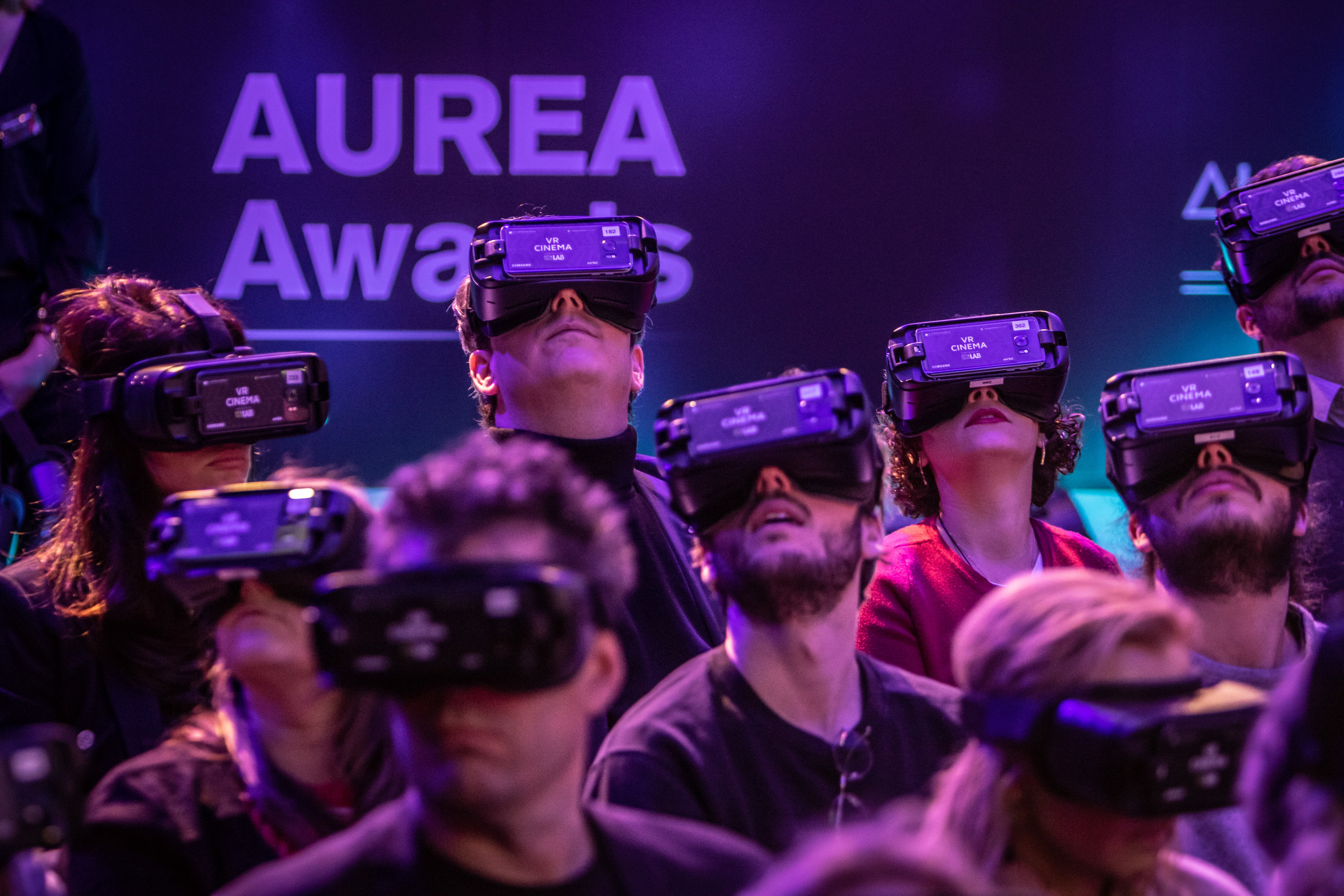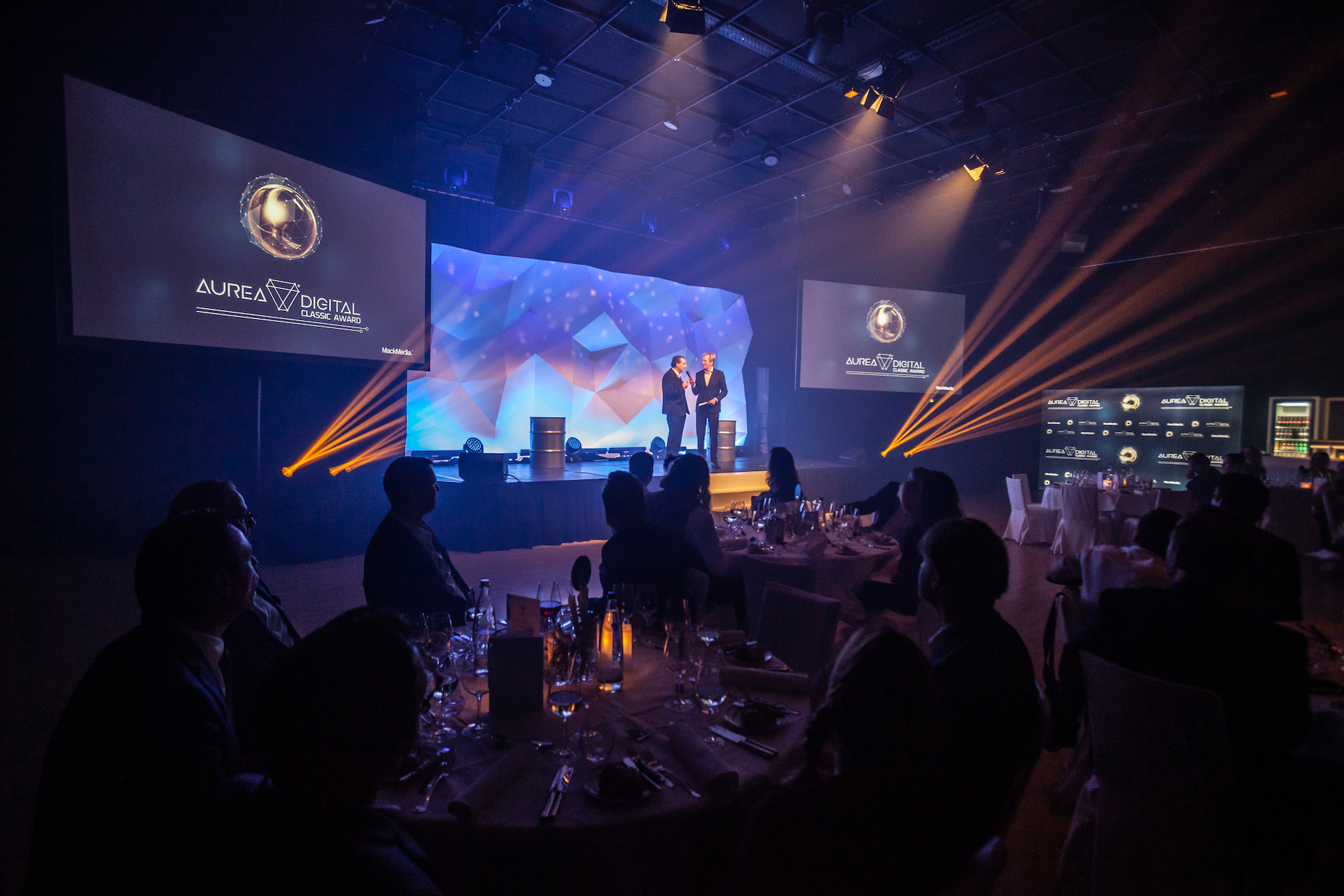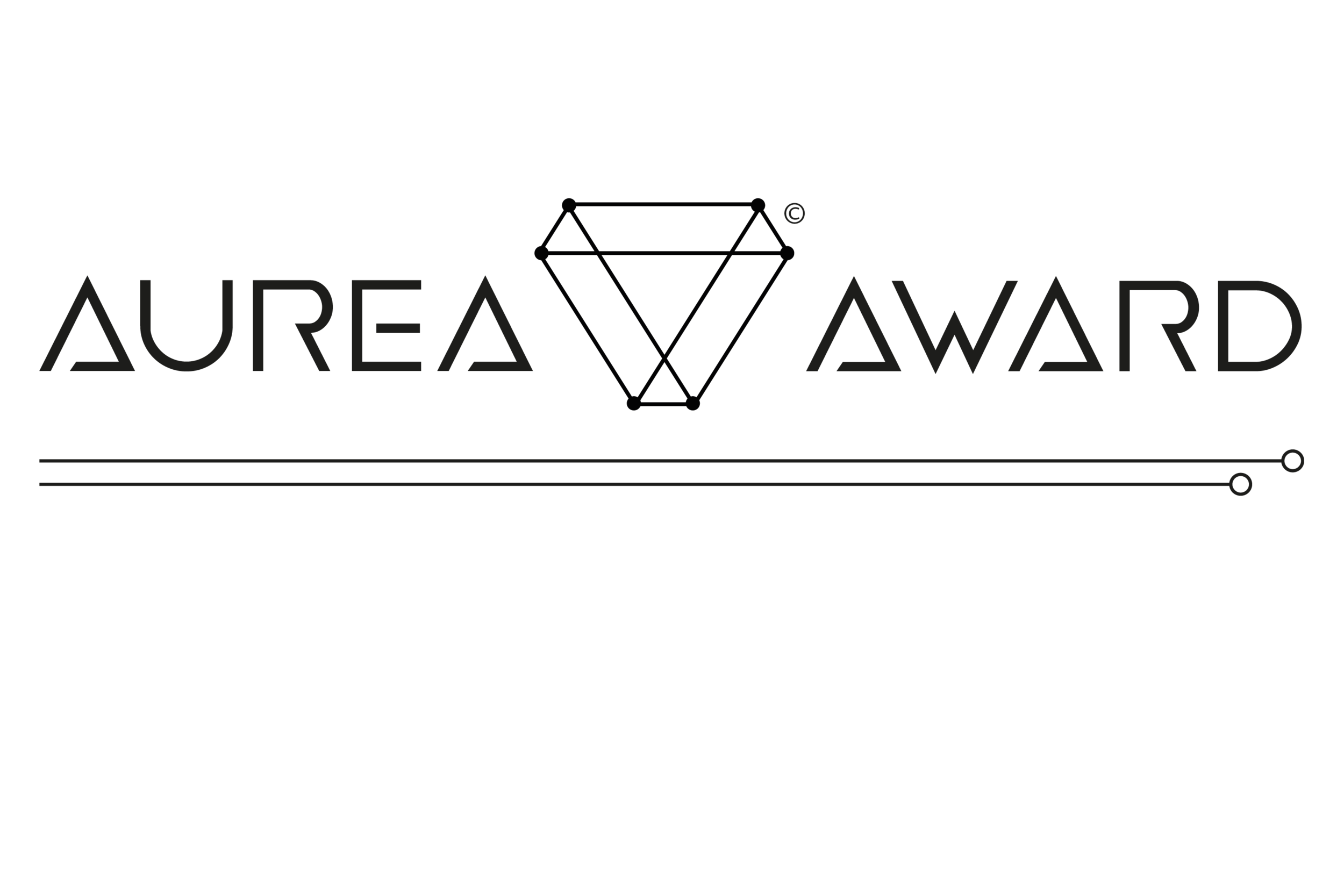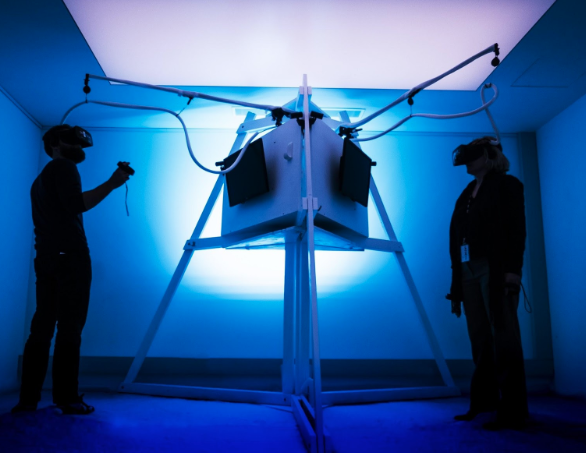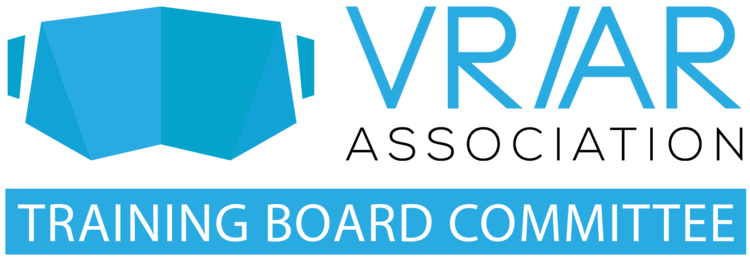The most exciting developments in virtual and augmented technologies from the VR/AR Association’s two-day global summit in Vancouver, BC
VANCOUVER,BC, Nov. 07, 2019 (GLOBE NEWSWIRE) -- In the second-largest VR/AR ecosystem in the world, the final day of the VR/AR Association's Global Summit saw the launch of an international women’s committee dedicated to closing the industry’s gender gap, the successful test of airborne virtual and augmented reality for military training purposes, leaps forward in health and security, and much more.
“Virtual, augmented, and mixed reality technologies are relevant to every facet of the world as we know it. The technologies being created in this space have far-reaching impacts on the workforce, health, art, entertainment, sports, national defense, and more. The importance of virtual, augmented, and mixed reality simply can’t be overstated,” said Nathan Pettyjohn, Founder and President of the VR/AR Association and Commercial AR/VR Lead at Lenovo.
Virtual reality is officially in flight
The US Air Force and Navy are increasingly leveraging advances in virtual and augmented reality to train their troops. During the summit, Red6 announced the first-ever successful execution of an airborne multiplayer AR experience. This prototype was created for the US Air Force, enabling pilots to use augmented reality to simulate and respond to threats in the air. Watch the demo video here.
Meanwhile, Heidi Buck, who heads up the Battlespace Exploitation of Mixed Reality, shared how the US Navy is using virtual reality tools for defense training and cultural immersion -- saving lives on the frontlines.
How 5G is going to make VR and AR accessible at any time, and any place
Rapid advancements in network technology like 5G and Edge Computing are changing the way we experience immersive technology. Terry Schussler, Senior Director of Spatial Computing at Deutsche Telekom, shared how we can defeat what he calls ‘the mobile zombie apocalypse’ – a term he uses to describe the increasing number of people looking down at their phones to participate in AR experiences (think Pokémon Go or Google AR Objects). Instead, what becomes available with this technology are lightweight pieces that allow users to be constantly connected, seamlessly moving between reality and AR – ultimately creating a safer and more aware society.
Augmented reality makes the world an art gallery
Artist Nancy Baker Cahill can hang her art anywhere in the world using augmented technology. Her desert installation, “Revolutions”, depicts the impact of human interference with the natural environment, whereas her series “Battlegrounds” in New Orleans uses technology to commemorate historically significant sites. This unprecedented body of work is a truly innovative application of virtual and augmented reality, making art accessible to anyone with a smartphone.
First-ever Women’s Committee launched
Announced over a session hosted and dedicated to women in VR and AR was the VR/AR Association’s Women’s Committee – dedicated to identifying, encouraging, and empowering women in the traditionally male-dominated industry of VR and AR. The Global Summit committed to a 50% female speaker roster, including the likes of Heidi Buck from the Battlespace Exploitation of Mixed Reality, Cezera Windrem of AARP, and Cathy Hackl of Magic Leap. Cathy Hackl, the #4 Top Tech Voice on LinkedIn, took the opportunity to unveil her personal commitment to empowering women in the space through a fund she has developed to invest in women, offering to cover one VR/AR Association membership, as well as personal coaching from her for a year.
Why did an VR/AR design company partner jump into the world of cannabis – and what did they learn?
Cannabis companies are embracing mixed reality as a solution to overcome certain barriers (like the fact that customers can’t handle the product and that it’s tough to transport the product over state lines) and to give both consumers and investors an inside look at their products, processes, and facilities. PATIO demonstrated how they’re solving several pain points with custom-made tools, and disrupting both industries in the process.
What’s next for the VR/AR Association
Following the successful summit, the VR/AR Association has just announced a number of newly formed committees to accelerate the market’s best practices, guidelines, and standards, as well as their plan to implement projects to further explore the vast, and potentially life-changing applications that this technology can have.
Privacy & Security Committee: Although virtual, augmented, and mixed reality products and content are becoming more widely available to consumers, there is no industry-wide regulatory or safety standard. This is why the VRARA has formed its own Privacy & Security Committee.
VR for Good Committee: In the increasingly interconnected global community, VR can instigate massive change. Jimmy Vainstein, Interactive Media Program Lead at World Bank, will co-chair a committee on VR for Good.
Sports Committee: Co-chaired by Tyler Wilson, the Director of Strategic Partnerships and Innovation at the Vancouver Whitecaps, the committee will look to push new boundaries in sports through the application of VR and increase the visibility of ESports in the wider community.
About VR/AR Association's Global Summit
The VR/AR Global Summit will bring together industry frontrunners from around the world to discuss the present and future of immersive technologies. This world-class summit will welcome 1,000+ Executives, 120+ Speakers and 50+ Exhibitors from leading companies like Lenovo, Niantic, Microsoft, Viacom, and so many more.
Contact
Kris Kolo, Global Executive Director
kris@thevrara.com



